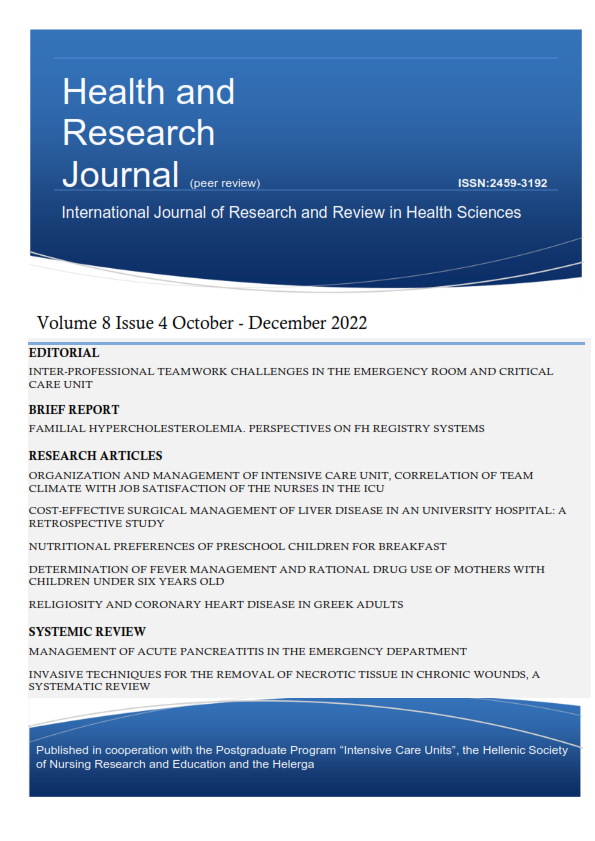Invasive techniques for the removal of necrotic tissue in chronic wounds, a systematic review

Abstract
Background: One of the most challenging problems facing the medical community, is the treatment of chronic wounds. Wound bed debridement is a crucial factor in healing any type of wound and there are new invasive methods like low frequency ultrasound frequency debridement, hydro surgery and coblation technology that look very promising alternatives to the current “gold standard’’ of sharp debridement.
Method and Material: A search of ‘PubMed’, ‘Cochrane database of systematic reviews ‘and ‘Science Direct’ digital databases were made for studies between the years of 2010-2019. Material was randomized controlled trials, cohort studies and prospective or retrospective studies on the subject.
Results: Our search revealed 1933 articles. After removing 118 duplicates 1815 articles were screened, a further 1568 were removed because of their type and of the remaining 247, 165 were removed after title reading. Finally, of the remaining 82 articles, 71 were rejected after full reading thus bringing the total number of the articles examined in this systematic review to 11.
Conclusions: The advanced methods of mechanical debridement seem to be less time consuming, more accurate and at the same or lower cost than sharp debridement. Additionally, they offer faster healing rate while reducing the bacterial load of the wound at a greater percentage than sharp debridement.
Article Details
- How to Cite
-
Paraskevas, G. (2022). Invasive techniques for the removal of necrotic tissue in chronic wounds, a systematic review. Health & Research Journal, 8(4), 338–346. https://doi.org/10.12681/healthresj.26806
- Section
- Systemic Reviews
Copyright notice:
The journal "Health and Research Journal" reserves the rights for copyright of the content of the website and also the copyright of the articles published.
By virtue of their appearance in this journal, the articles are free to be used for non-commercial purposes. However, the articles cannot and must not be used in anyway, published elsewhere or modified without any reference to the author and the first publication of the article.


